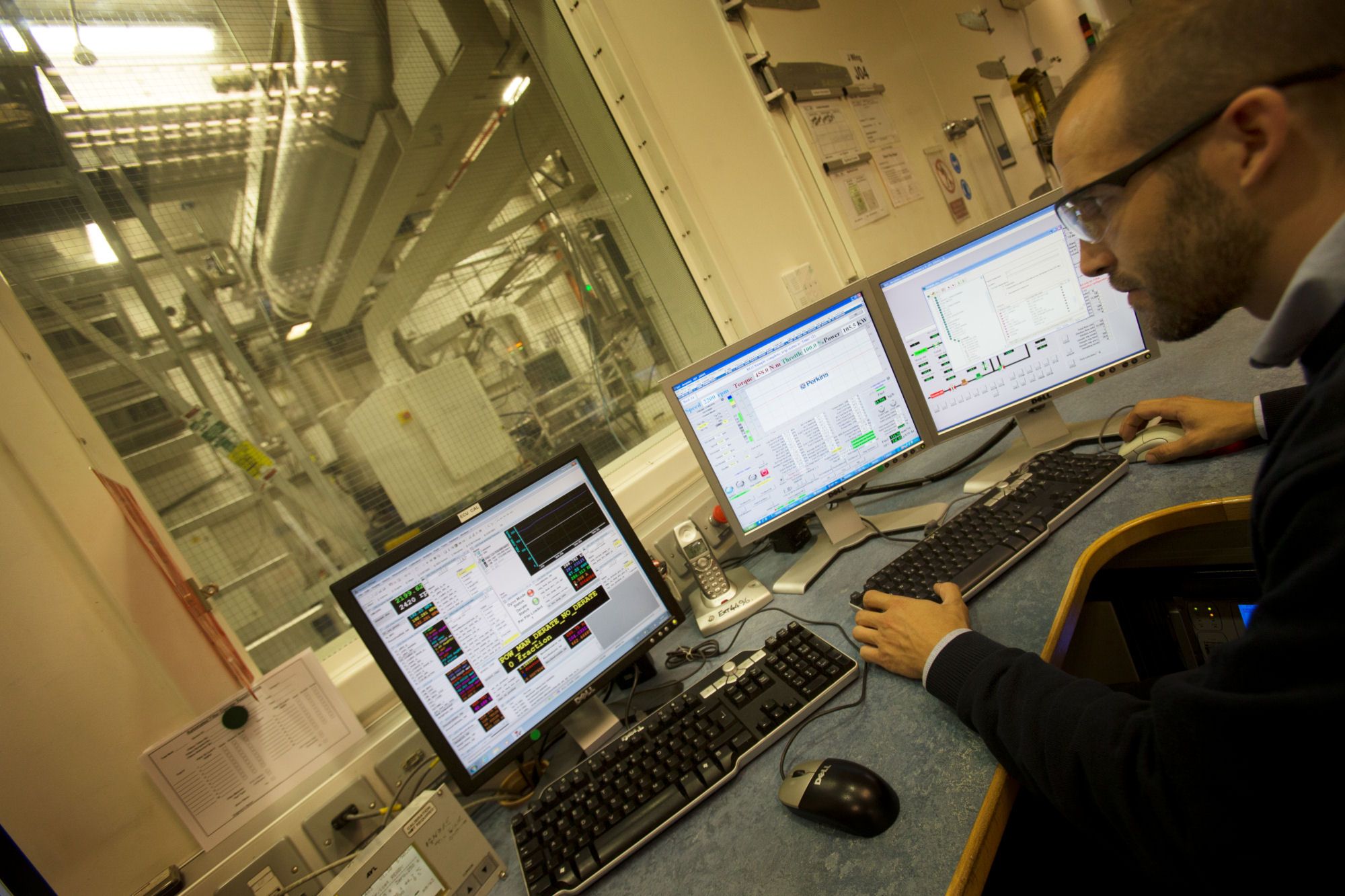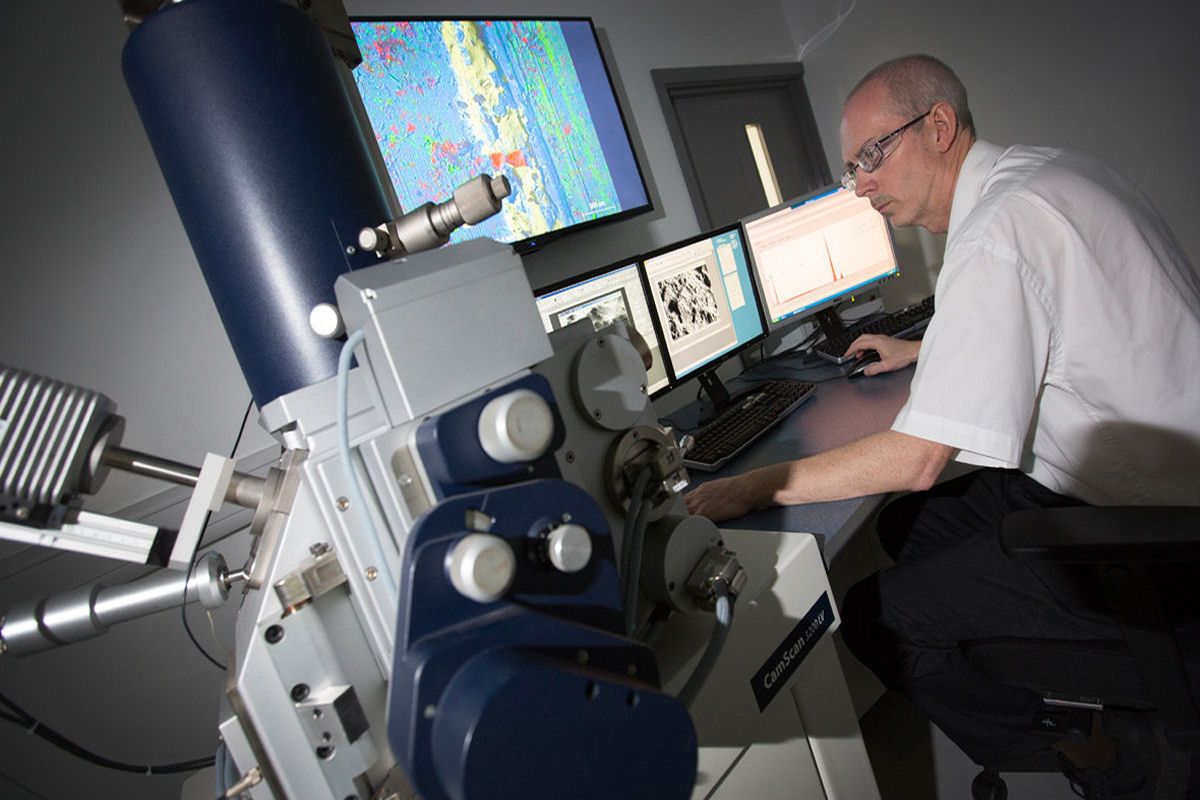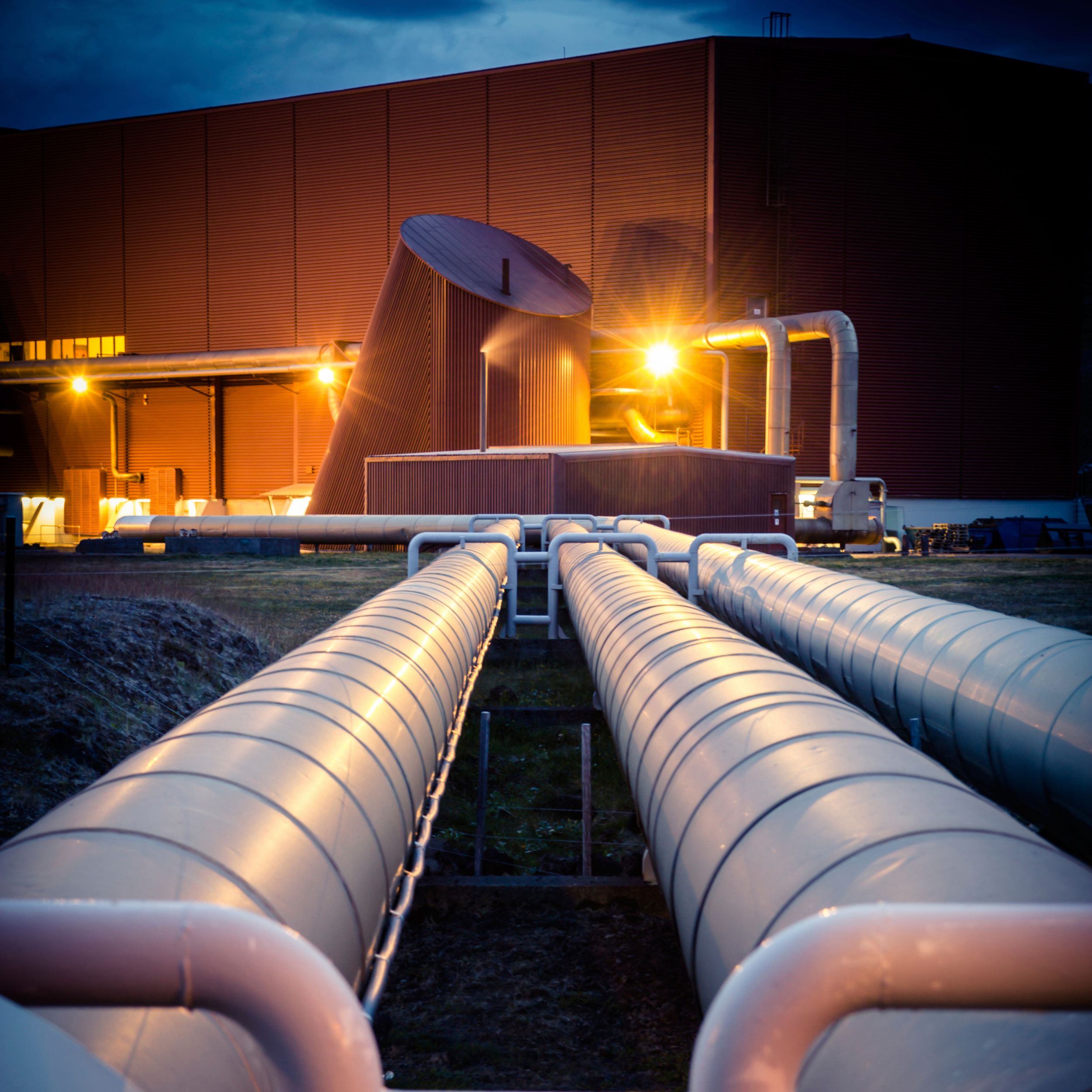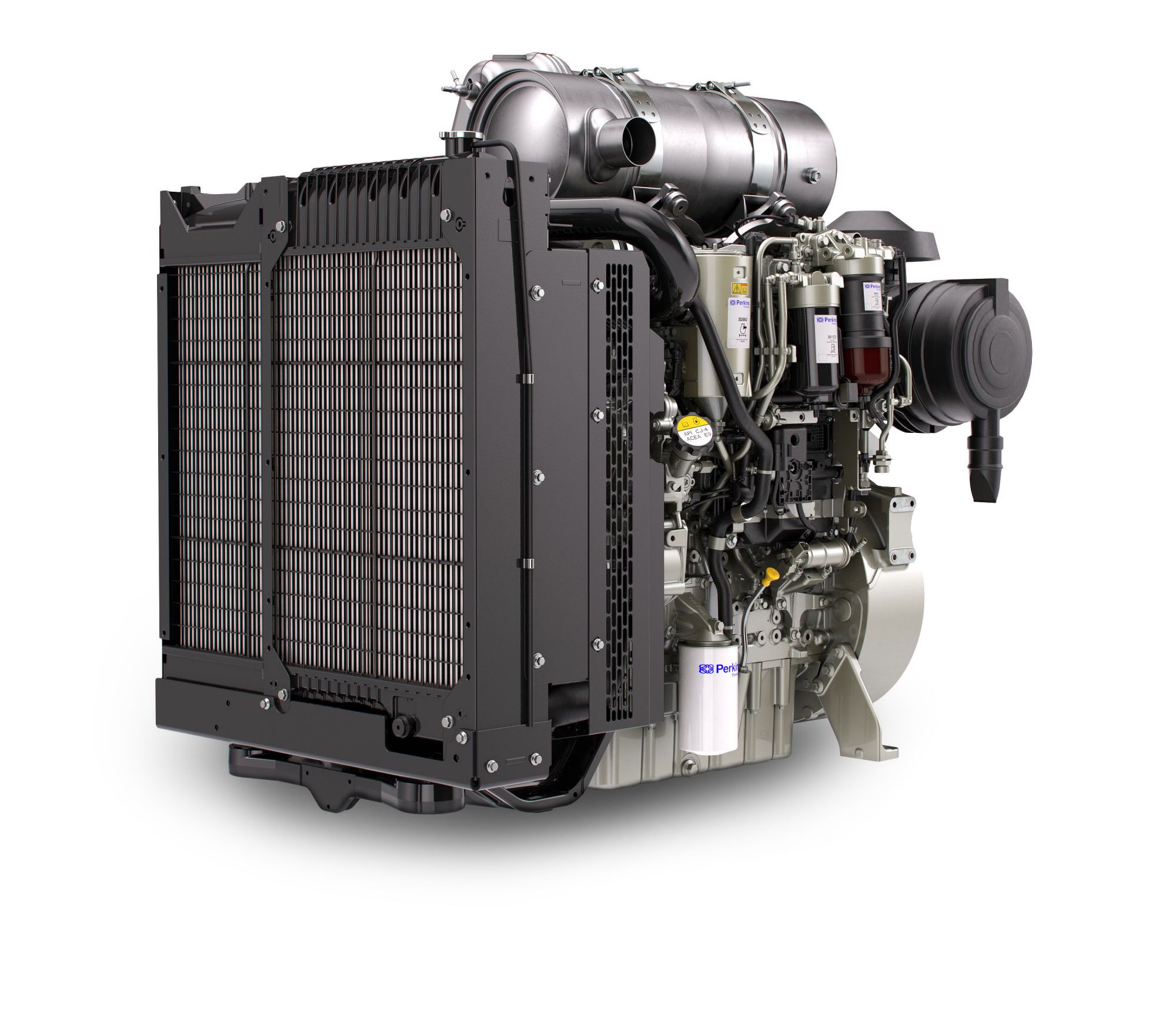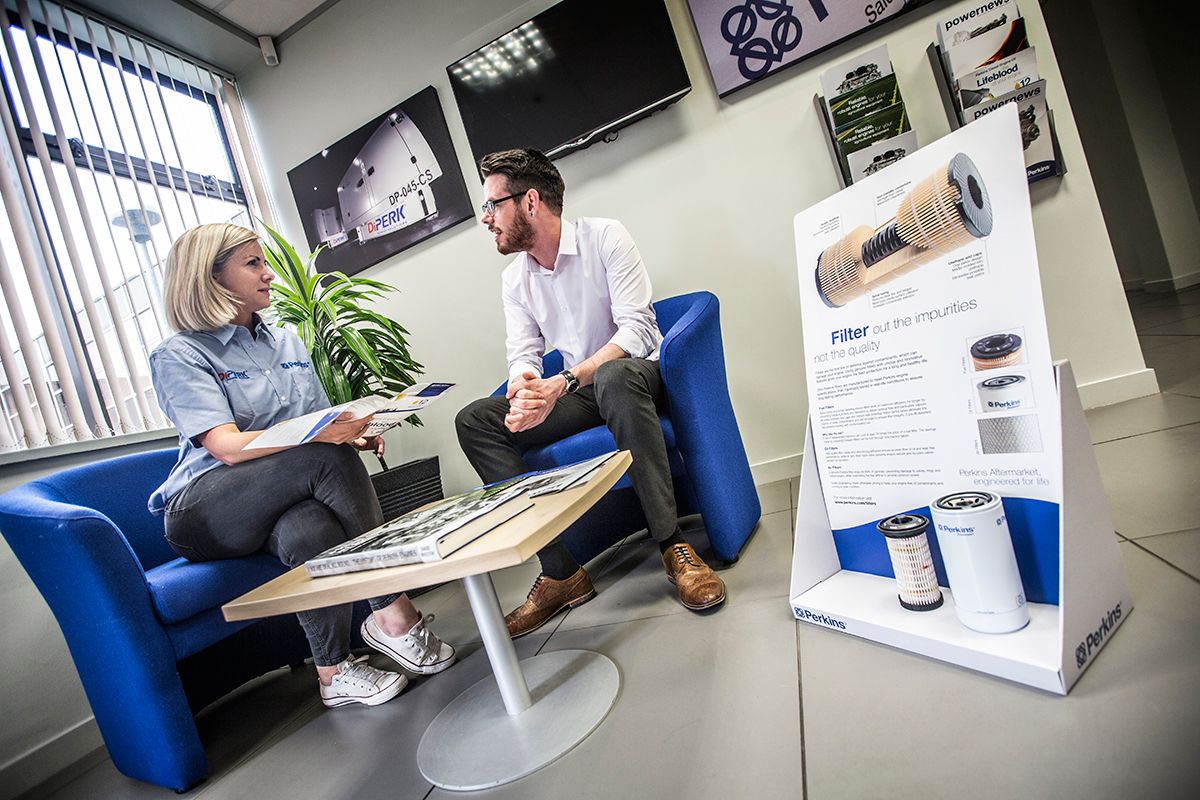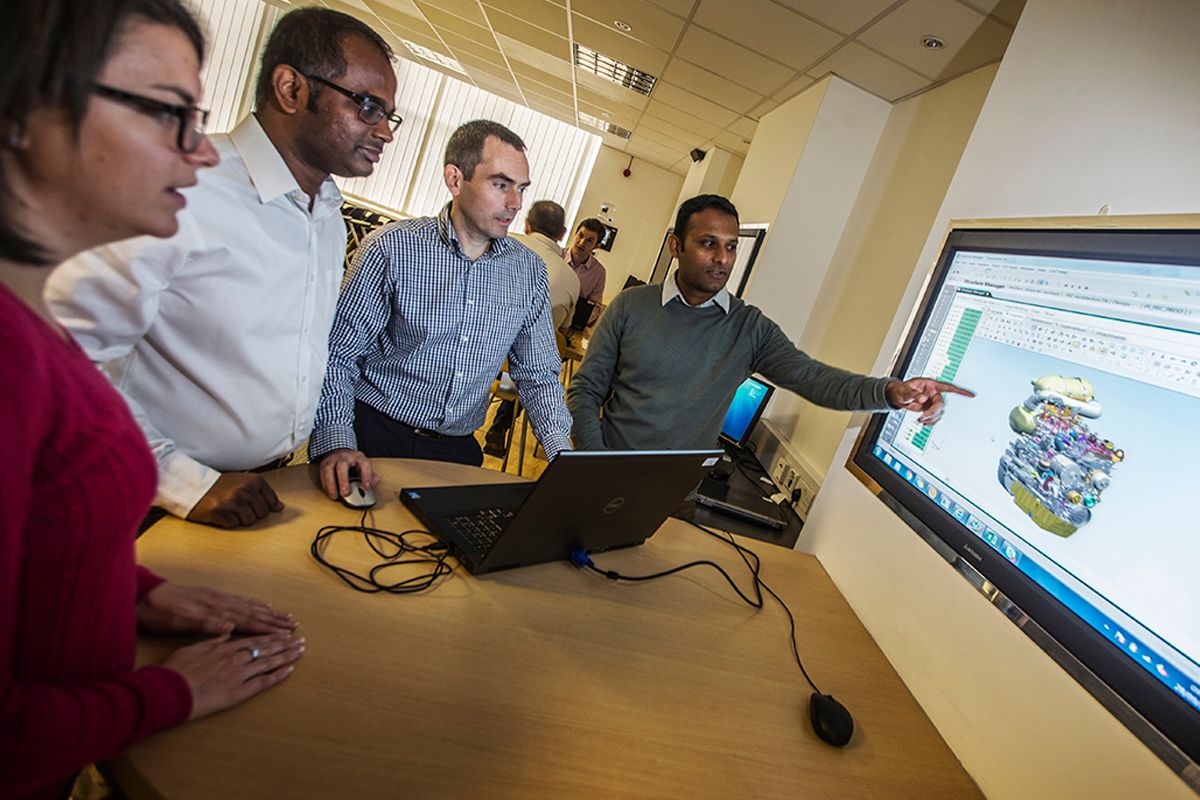Emissions
We’ve been on an exciting journey of innovation and dynamic product development as emission standards have become more stringent over the years. We’re passionate about complying with standards across the world and supplying the right products to our customers wherever you are. Our enduring experience means we already have the technology developed to sell into countries as they scale the standards. And our unparalleled product development and production processes put us in a prime position to lead the way on future changes.
Changing emission standards through the years have given us a platform to develop innovative new products and build the sort of robust production processes that put us in the perfect position to meet the demands of the future.
We supply engines into many different countries with differing emission standards. The EU and U.S. EPA are closely aligned and set the most stringent standards, with other countries aiming to catch up over the coming years.
Setting the standard
Since emission standards came into existence, the U.S. and Europe have scaled five different levels that have taken different names, but have always been closely aligned.
- The US has followed U.S. EPA Tiers 1, 2, 3, 4 Interim and 4 Final
- The EU has followed EU Stages I, II, IIIA, IIIB and IV
While the U.S. has no published plans to go further, the EU is preparing for Stage V, which is expected to come into force from 2019.
As for the rest of the world, Japan is committed to similar standards but is running a couple of years behind. South Korea, meanwhile, recently leapfrogged a stage to go straight to Stage IV/Tier 4 Final.
Catching up
Among the main group of other regulated countries are China, India and Brazil. India is at Stage IIIA/Tier 3, China will introduce Stage IIIA/Tier 3 later this year, and Brazil has already commenced a 2-year transition to Stage IIIA/Tier 3. Several other countries also enforce a Stage II or Stage IIIA equivalent standard. Unregulated territories still exist, but many are working to introduce emissions standards at a future date.
The journey we’ve taken in meeting these standards puts us in a strong position when territories achieve new milestones. As our engines have been developed to meet EU and U.S. EPA standards, we can offer those engines to other countries when they reach the required stages. Essentially, the technology and products are already there.
The main changes we’ve made to our engines to meet changing standards are:
- Between Stage II/Tier 2 and Stage IIIA/Tier 3 we refined some technologies such as the fuel system and turbocharger specification, and/or added bigger cooling packs. But overall, the emission standard changes had a relatively small impact on the engines themselves
- From Stage IIIA/Tier 3 to Stage IIIB/Tier 4 Interim, we needed to add aftertreatment systems, which had a bigger impact on engine design and machine installation
- From Stage IIIB/Tier 4 Interim to Stage IV/Tier 4 Final, the big change was that nitrogen oxide (NOx) emissions were lowered, so we had to develop new aftertreatment solutions
Meeting changing emissions standards has seen us continually develop new products and build robust processes in product development.
Bright future
Our experience also puts us in a great position to offer the solutions you need when Stage V arrives in 2019. The big change will be the addition of a particle number limit, intended to force the use of a diesel particulate filter (DPF), for engines in the range 19-560kW. Also, the scope of engines regulated will be broadened beyond its current range of 19-560 kW.
With many of our engines already using a DPF, it means minimal product change, so we’ll be ready to provide the engines and support you need when new standards arrive.
Explore
-
Distributor locator
Your regional Perkins Distributor can provide local, on-the-ground engine support.
Learn More -
Powernews Q3 2022
Our digital magazine with the latest news, interviews and analysis.
Read more -
Request Consultation
If you're ready to receive trusted advice from a Perkins expert, speak to our team today.
Connect with us

